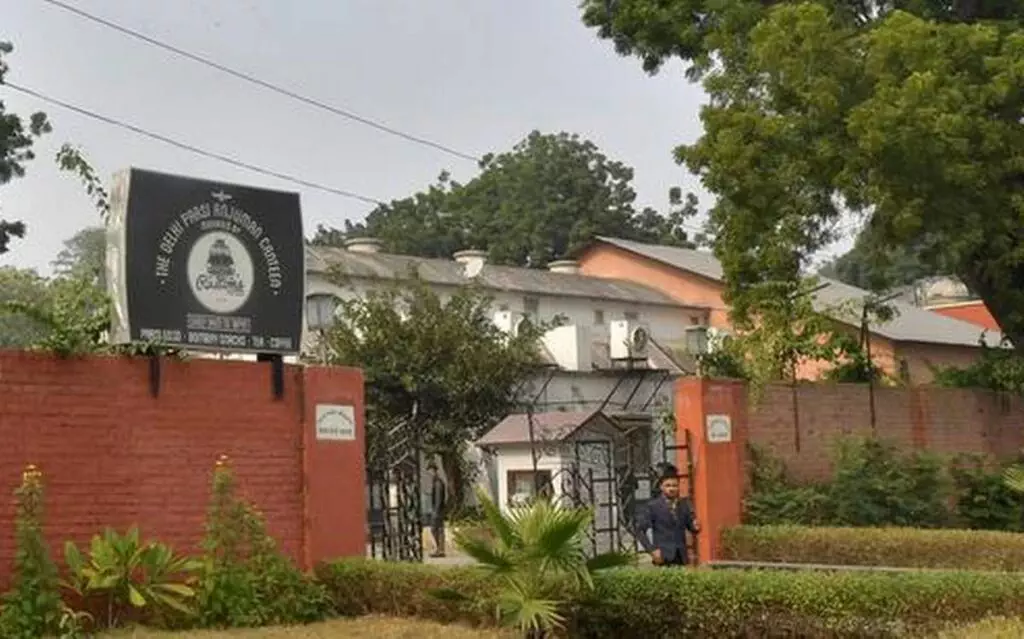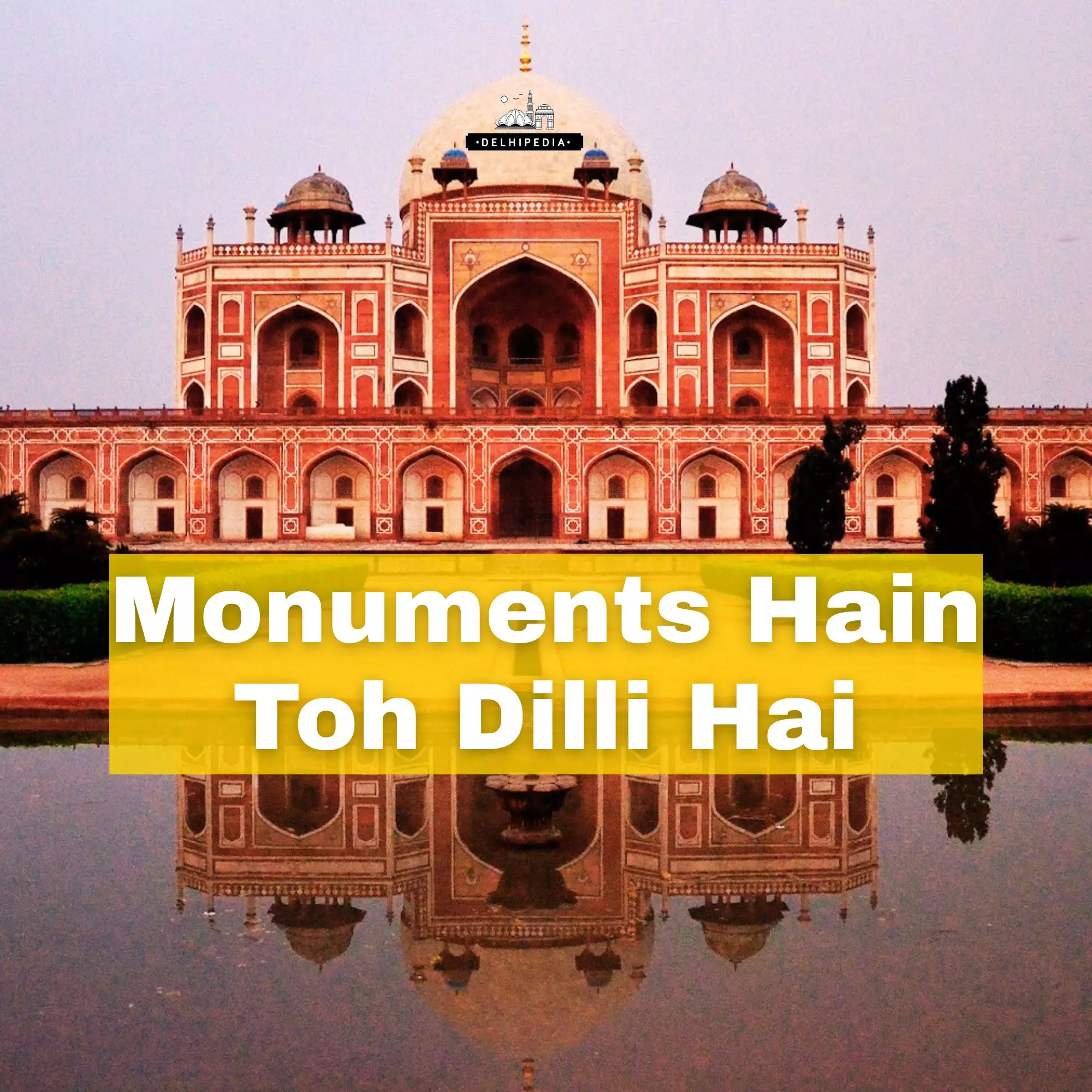On entering Bahadur Shah Zafar Marg, a signboard with the words ‘Delhi Parsi Anjuman’ catches the attention of passersby and drags them with wonder towards the Parsi establishment of Delhi. When the community of Parsis was persecuted in Iran after the battle of Nihavand was lost to the Arabs, they fled to India, settling in Gujarat and eventually moving to Bombay and other parts of the country.
The Parsis in Delhi established a relationship with Mughal emperor Akbar when the spiritual leader Meherjirana of Navsari left the emperor awestruck with his piety and knowledge, opening the royal gates for other learned Parsis to have discussions in the emperor’s court at Fatehpur Sikri. Here, they assumed prominent positions by faring in religious discourses with Hindu, Jain, Muslim and Christian scholars.

Along with the elaborate guest house with as many as fifty rooms and a community hall, built on the donation of Rs 60,000 by Seth Manchersha Mengusi of Bombay, it is also home to books on Zoroastrianism, its history and culture, and the Kaikhushru Pallonji Katrak Dar-e-Meher or Fire Temple. The Delhi Parsi Anjuman, in fact, houses the only Agyari (fire temple) in the city. As the liturgy is performed in the temple every day, the names and deeds of the great saints and kings of Iran are remembered.
It also hosts within its enclosures Rustom’s Parsi Bhonu, a quaint cafe offering the best Parsi thali in the city. The authentic delicacies include dhansak, jardaloo booti, sali marghi, brown rice and kebabs, patrani macchi and mutton cutlets. Explore the wide range of vegetarian and non-vegetarian options in Parsi cuisine in a rare, exquisite and non-pompous abode.

In Parsi Anjuman, history and cuisine come together and acquire a complete fulfilling experience of a culture. You can reach this place via the Delhi Gate metro station and a five minute walk to Delhi Parsi Dharamshala.




